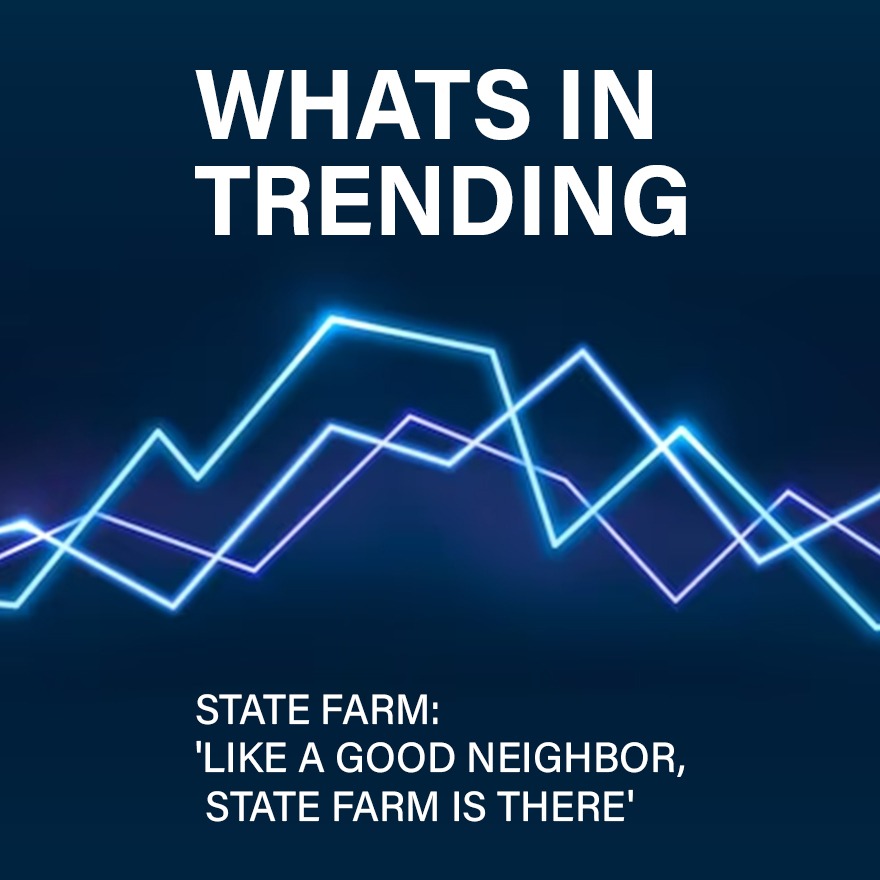Introduction:
In an undeniably interconnected world, culture is going through a quick change. The way we perceive, value, and celebrate diversity has undergone substantial shift in the twenty-first century. Social standards are evolving remarkably quickly, from the rise of online amusement to the development of dialogue and thoughtfulness. This article explores the most current cultural trends and advancements, emphasising the value of valuing diversity and fostering a sense of global community.
1. The Advanced Upheaval and Social Trade:
The approach of the advanced age has altered how we draw in with the culture. Online entertainment stages have become virtual commercial centers of thought, interfacing with individuals from all edges of the globe. Social trade is not generally restricted by geological limits, permitting people to share their practices, customs, and encounters with a worldwide crowd. Through stages like TikTok, YouTube, and Instagram, individuals can now investigate and value assorted societies in manners never before conceivable.
2. Empowering Underestimated Voices:
Perhaps the main social change lately has been the strengthening of minimized voices. Across the world, people are recovering their social personalities and testing laid-out stories. Developments upholding racial, orientation, and LGBTQ+ uniformity have built up momentum, prompting expanded portrayal in media, governmental issues, and human expression. This inclusivity is reshaping the social scene and giving a stage to different viewpoints that were once unheard of.
3. Celebrating Multiculturalism and Hybridity:
Multiculturalism is presently a main quality of numerous social orders. As worldwide relocation designs keep on reshaping socioeconomics, urban communities are developing into dynamic blends of different societies. This combination of customs and impacts has led to another type of social articulation, known as hybridity. From cooking to mold, music to workmanship, crossover social items are reclassifying imaginative limits and testing customary ideas of character.
4. Sustainability and Moral Utilization:
Social mindfulness is progressively entwined with economic and moral practices. As individuals become more aware of the effect of their decisions, they are looking for socially rich encounters that line up with their qualities. Moral design, fair-exchange items, and the eco-the-travel industry are only a couple of instances of the developing crossing point between culture and supportability. This shift features the significance of safeguarding social legacy and safeguarding the climate for people in the future.
5. Bridging the Age Hole:
The advancing social scene is additionally overcoming any barrier between ages. More established customs and shrewdness are being embraced and renewed by more youthful ages, who are anxious to gain from the past while manufacturing their characters. This intergenerational trade cultivates a feeling of progression and considers the safeguarding of social legacy in a quickly impacting world.
6. Art as an Impetus for Social Change:
Workmanship has consistently assumed a critical part in reflecting and forming society. In the 21st 100 years, craftsmanship keeps on filling in as an impetus for social change. Craftsmen are utilizing their foundation to resolve social and policy-driven issues, challenge cultural standards, and light significant discussions. Whether through visual expressions, writing, theater, or music, inventive articulations can motivate sympathy, separate boundaries, and advance social getting it.
7. Global Joint Effort and Multifaceted Ventures:
Headways in innovation and expanded worldwide networks have prepared for remarkable coordinated efforts and multifaceted ventures. Specialists, performers, producers, and makers from various social foundations are meeting up to make works that rise above borders and celebrate shared encounters. These cooperative endeavors encourage social trade as well as advance solidarity and fortitude on a worldwide scale.
8. Redefining Orientation and Social Jobs:
The 21st century has seen a critical change in the discernment and acknowledgment of orientation and social jobs. Conventional orientation standards and generalizations are being tested, prompting a more comprehensive comprehension of character. This social development opens up open doors for people to put themselves out there really, regardless of cultural assumptions. Also, it energizes discussions about orientation uniformity, regard for different social practices, and the significance of individual independence.
9. Technology and Virtual Social Encounters:
Innovation has achieved a transformation in social encounters by furnishing virtual stages to draw in different customs and practices. Computer-generated reality (VR) and expanded reality (AR) empower individuals to drench themselves in social legacy locales, go to virtual celebrations and shows, and investigate historical centers from the solace of their homes. These advanced encounters span geological holes as well as consider the safeguarding and availability of social fortunes that could somehow be far off for some.
10. Education and Social Trade Projects:
Instructive establishments and social trade programs are embracing the significance of worldwide viewpoints in forming balanced people. Schools and colleges are consolidating different social educational plans, advancing concentrate abroad projects, and working with understudy trades to cultivate culturally diverse comprehension. These drives assist with developing sympathy, advance resistance, and furnish understudies with the instruments to explore an inexorably interconnected world.
11. Resilience and Social Protection:
In the fast changes in culture, there is an expanded spotlight on saving and reviving conventional practices and native information. Networks are perceiving the significance of shielding their social legacy for people in the future. Endeavors are being made to archive oral practices, renew imperiled dialects, and save conventional craftsmanship. By esteeming and safeguarding social legacy, social orders guarantee that their interesting personalities stay versatile and keep on adding to the rich woven artwork of worldwide culture.
Conclusion:
The evolving cultural landscape of the 21st century is marked by interconnectedness, inclusivity, and the celebration of diversity. The 21st-century social scene is dynamic, interconnected, and ceaselessly advancing. From social activism to the hybridization of mainstream society, from virtual networks to reshaping stories through media, different variables are molding our comprehension and experience of culture. By embracing the force of social trade, testing laid-out standards, and commending variety, we can cultivate a more comprehensive, sympathetic, and interconnected world. As we explore the intricacies of a quickly changing worldwide society, it is fundamental to perceive that culture fills in as both a mirror mirroring our qualities and an extension associating every one of us as people.



